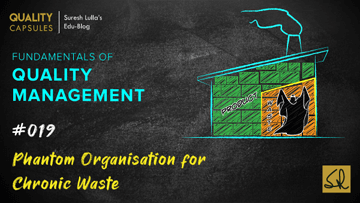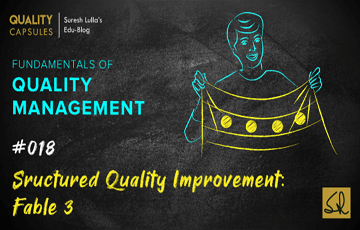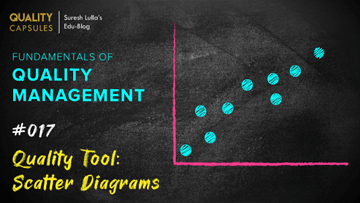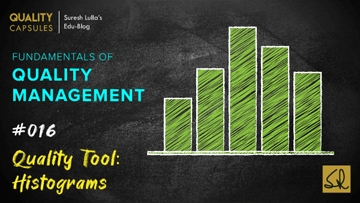Phantom Organisation for Chronic Waste
Challenges for Structured Quality Improvement Is quality popular in the corporate world? In theory perhaps. Not in practice. Is quality a fully delegable responsibility? No. What are the challenges to muster support for a Structured Quality Improvement (Quality Capsule # 005) initiative? The key one …






